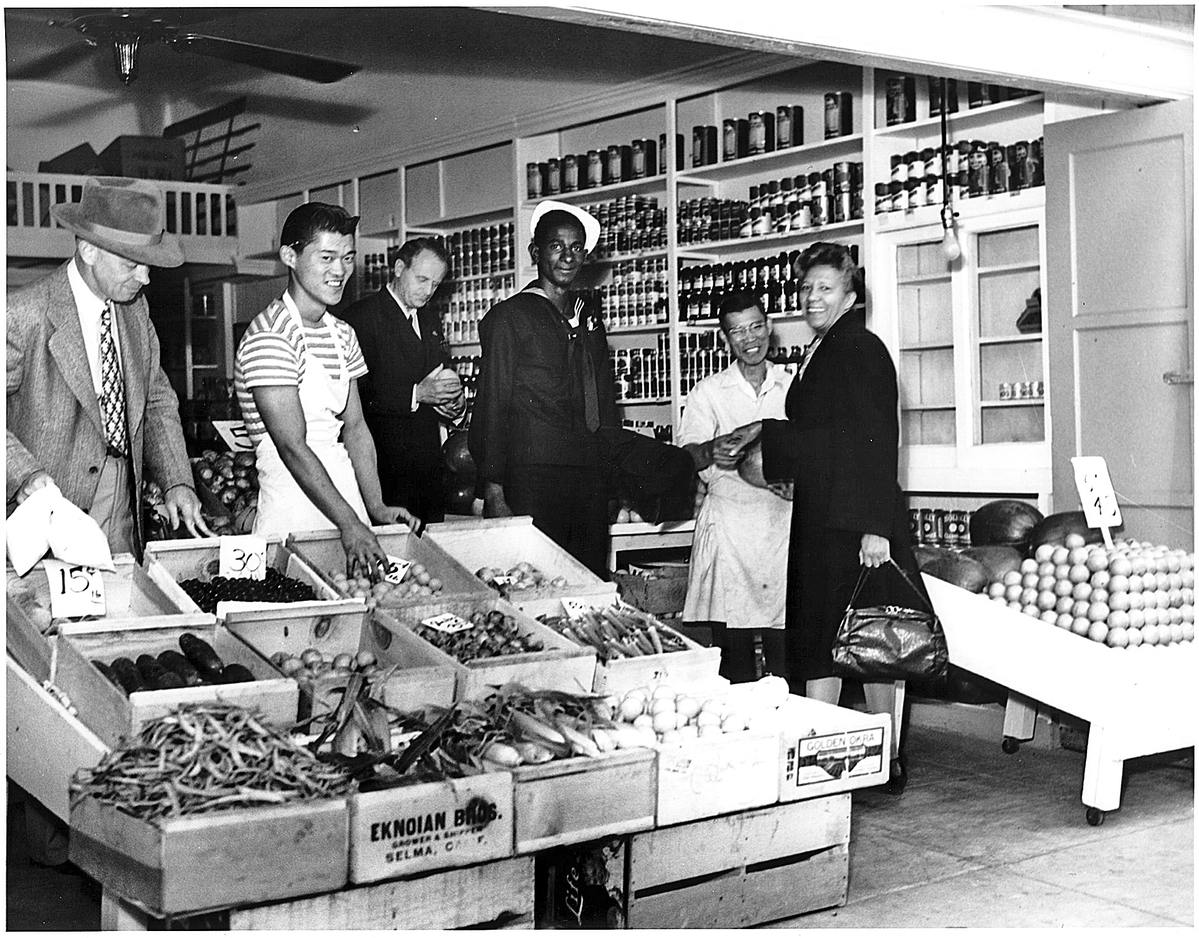White supremacy's deadly game with minorities


Aggrieved groups
Out of this social backdrop came the term "model minorities", first used in a 1966 New York Times Magazine article by William Petersen to describe the Japanese immigrants, whom the sociologist believed had risen from the depths of exclusion to a level of accomplishment, successfully avoiding the sense of resentment that had befallen other aggrieved groups who became "problem minorities".
The author stressed that the Japanese did so "by their own almost totally unaided effort" — in other words without the help of state programs black activists often demanded to counter racism and its virulent legacy.
"The model minority stereotype really isn't meant to define Asian Americans. Rather, it's meant to define African Americans as deficient and inferior to white people by using Asian Americans as a proxy or a pawn to serve that purpose," said Kurashige, born four years after the article's came out. "Back then, a lot of us congratulated ourselves, unaware of the fact that we had been bailed out by the blacks."
Kurashige, who attended a high school with many black and Asian students and an almost all-white management, felt the playing out of that model minority stereotype, which consists of multiple presumptions including financial and academic success, a strong work ethnic, strict parenting, and social and political meekness.
"Asian American students including myself were more likely to be put into the college prep track while my fellow black classmates were asked to attend vocational-school-focused courses," he recalled. "But the privilege became a barrier elsewhere: I was supposedly good at math, but not at basketball."
Kurashige was seemingly on his way to becoming a member of the model minorities. But, having been taught what he called "a whitewashed history that didn't really cover Asian Americans", he came under the influence of "some outstanding Afro-American studies professors" while taking an economics major at the University of Pennsylvania, a city with a sharp black-white divide.
This experience would later benefit his Asian American studies at UCLA, and was informative when he worked to find a solution with African-American and fellow Asian-American community leaders and activists in the aftermath of the 1992 riots, viewed as a nadir of relations between Asians and blacks.
"What happens too often is that because people don't have a broader way to contextualize individual cases, they quickly jumped to sweeping generalizations," said Kurashige. "The fact that Soon Ja Du was framed in the media — and possibly viewed by the judge — as a member of the model minorities had devalued the life of Latasha."
In fact, the Peterson article had come on the heels of the Immigration and Nationality Act of 1965, the year Los Angeles was convulsed by what's known as the Watts Rebellion, staged by the residents of the city's black-populated Watts neighborhood.
With the merit-based immigration policy giving preference to skilled professionals, the years after 1965 saw an influx of Asian immigrants, most notably Koreans, the overwhelming majority of whom hold college degrees and would soon join the Japanese, Chinese and other Asian American groups to fill the ranks of "model minorities".
In her book Asian American Dreams — The Emergence Of An American People, Helen Zia, a second-generation Chinese-American journalist and civil rights activist, paints a vivid picture of their existence in New York, where many opened vegetable and fish markets and grocery stores in "low-income, predominantly black neighborhoods", having failed to do so in white neighborhoods due to the prevalent discrimination.


















